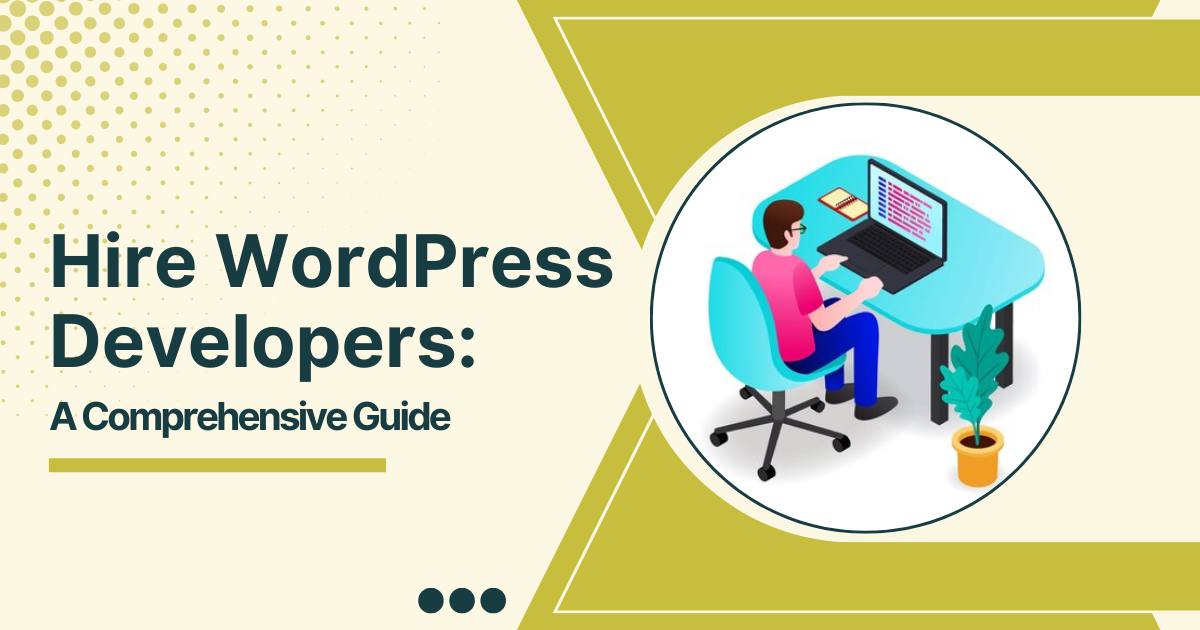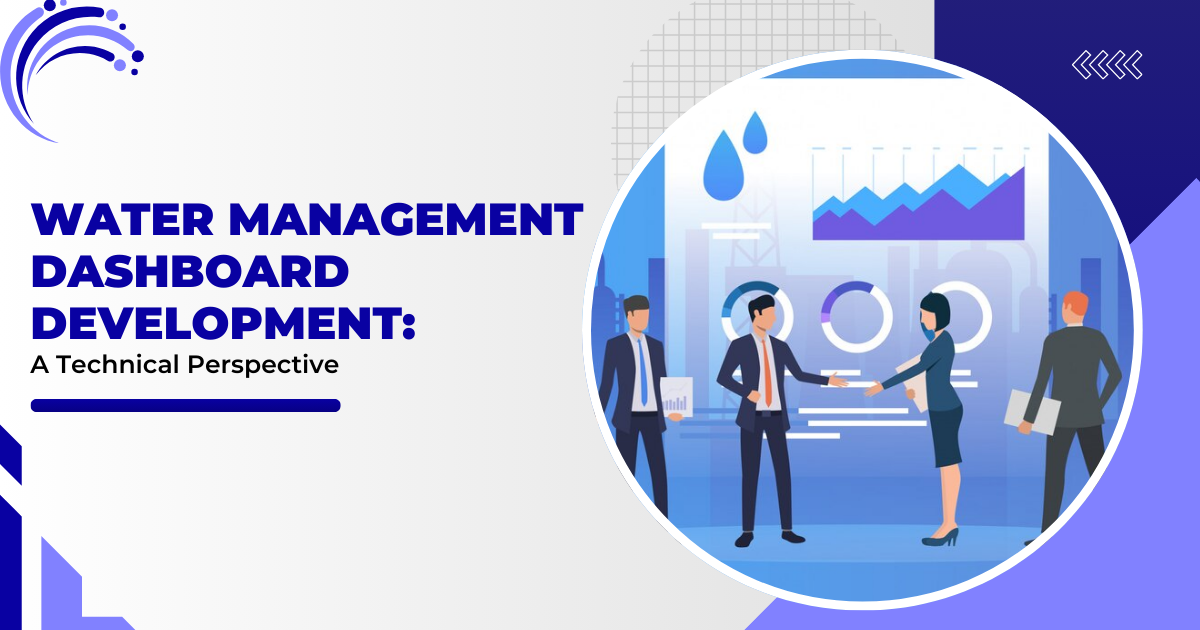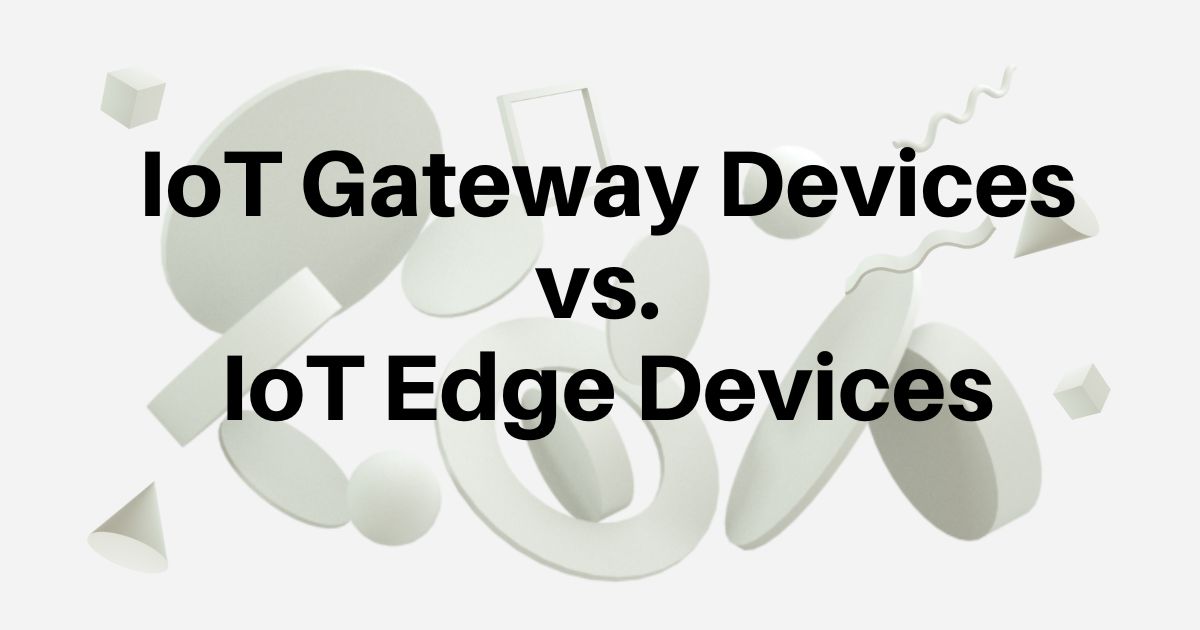Automation and connectivity are changing quickly, and two major paradigms are emerging: the Industrial Internet of Things (IIoT) and the Internet of Things (IoT). Although they both function in separate realms and serve different objectives, they both share the underlying idea of networked devices. This article seeks to examine the differences between IoT and IIoT by examining their essential elements, uses, and uses across a range of industries.
IoT vs. IIoT: Unraveling the Differences
1. Definition and Scope
- IoT (Internet of Things):
- The IoT encompasses a network of interconnected devices, sensors, and systems that communicate and exchange data over the internet. These devices are typically consumer-oriented and serve diverse purposes, from smart home appliances to wearable gadgets.
- IIoT (Industrial Internet of Things):
- The IIoT focuses specifically on the integration of industrial infrastructure, machinery, and processes with internet-enabled technology. It aims to optimize efficiency, productivity, and safety in various industrial sectors, including manufacturing, energy, transportation, and healthcare.
2. Target Audience and Applications
- IoT:
- Target Audience: Consumers, individuals, households.
- Applications: Smart home automation, wearable devices, health monitoring, connected vehicles, personal assistants, and entertainment systems.
- IIoT:
- Target Audience: Industrial enterprises, businesses, organizations.
- Applications: Predictive maintenance, asset tracking, supply chain optimization, remote monitoring, process automation, quality control, and energy management in manufacturing plants, utilities, logistics, and healthcare facilities.
Key Components of IoT and IIoT
1. Sensors and Actuators
- IoT:
- Sensors: Often focus on collecting data related to personal preferences, environmental conditions, and lifestyle habits. Examples include temperature sensors, motion detectors, and light sensors.
- Actuators: Primarily used to trigger actions in consumer devices, such as turning on/off lights, adjusting thermostat settings, or locking doors remotely.
- IIoT:
- Sensors: Tailored to industrial applications, capable of monitoring complex machinery, equipment performance, and environmental factors critical for operations. Examples include vibration sensors, pressure transducers, and flow meters.
- Actuators: Control mechanisms integrated into industrial systems to automate processes, regulate valves, activate alarms, or shut down machinery in emergency situations.
2. Connectivity Protocols
- IoT:
- Wi-Fi, Bluetooth, Zigbee, Z-Wave: Common wireless protocols used for short-range communication between IoT devices and home networks.
- Cellular Networks (4G, 5G): Enable IoT devices to connect to the internet and transmit data over long distances, suitable for applications like vehicle tracking and remote monitoring.
- IIoT:
- Ethernet, Modbus, OPC-UA: Widely adopted protocols for wired communication in industrial environments, ensuring reliability, determinism, and interoperability.
- WirelessHART, LoRaWAN, MQTT: Specialized protocols designed for industrial wireless communication, offering robustness, low latency, and scalability for IIoT deployments in challenging settings like manufacturing plants and oil rigs.
3. Data Processing and Analytics
- IoT:
- Edge Computing: In IoT, data processing often occurs on the device itself or within the local network (edge computing), minimizing latency and reliance on cloud resources for real-time applications.
- Analytics: Typically involves basic data analysis for consumer insights, behavior patterns, and personalized recommendations. Cloud platforms like AWS IoT, Google Cloud IoT, and Azure IoT offer services for managing IoT data and running analytics.
- IIoT:
- Edge and Fog Computing: In IIoT, edge and fog computing play a crucial role in processing vast amounts of data generated by industrial sensors and machinery, enabling real-time decision-making and reducing dependence on centralized cloud infrastructure.
- Advanced Analytics: IIoT analytics encompass complex algorithms for predictive maintenance, anomaly detection, quality control, and process optimization. Platforms like GE Predix, Siemens Mindsphere, and IBM Watson cater to industrial data analytics and machine learning.
4. Security and Privacy
- IoT:
- Security Concerns: IoT devices are often susceptible to security breaches, hacking, and privacy violations due to inadequate encryption, default passwords, and lack of regular software updates.
- Privacy Risks: Consumer IoT devices may collect sensitive personal data, raising concerns about privacy infringement and unauthorized access to user information.
- IIoT:
- Cybersecurity Measures: IIoT systems prioritize robust security measures to safeguard critical infrastructure, intellectual property, and sensitive data from cyber threats, espionage, and sabotage.
- Compliance Standards: Industries adhere to stringent regulatory frameworks (e.g., NIST, ISO/IEC 27001) and industry-specific standards (e.g., IEC 62443 for industrial automation and control systems) to ensure compliance with security protocols and best practices.
5. Scalability and Integration
- IoT:
- Scalability: IoT solutions are often designed for scalability in consumer markets, allowing for easy integration of additional devices and functionalities to meet evolving needs.
- Integration: Consumer IoT platforms may offer interoperability with popular smart home ecosystems (e.g., Amazon Alexa, Google Assistant) to enhance user experience and convenience.
- IIoT:
- Scalability: IIoT implementations require scalability to accommodate the complex infrastructure and diverse systems present in industrial environments. Scalable solutions enable seamless integration of new equipment, sensors, and processes without disrupting operations.
- Integration: IIoT platforms often integrate with existing industrial control systems (ICS), supervisory control and data acquisition (SCADA) systems, and enterprise resource planning (ERP) software to streamline data exchange and decision-making across different layers of the organization.
6. Reliability and Resilience
- IoT:
- Reliability: Consumer IoT devices may prioritize affordability and convenience over robustness, leading to reliability issues such as connectivity disruptions, software bugs, and hardware failures.
- Resilience: IoT solutions may lack resilience against network outages, cyber attacks, and adverse environmental conditions, posing challenges for critical applications in healthcare, transportation, and emergency response.
- IIoT:
- Reliability: IIoT systems prioritize reliability and uptime to ensure continuous operation of industrial processes, minimize downtime, and prevent disruptions to production schedules.
- Resilience: IIoT deployments incorporate redundancy, fault tolerance, and failover mechanisms to withstand system failures, cyber threats, and natural disasters. Redundant communication pathways, backup power sources, and disaster recovery plans enhance the resilience of IIoT infrastructure.
7. Regulatory Compliance and Standards
- IoT:
- Regulatory Compliance: Consumer IoT devices may be subject to regulations related to product safety, electromagnetic interference (EMI), and data protection (e.g., GDPR, CCPA).
- Standards: IoT standards organizations like the Open Connectivity Foundation (OCF) and the Thread Group develop interoperability standards and certification programs to ensure compatibility and security among IoT devices and ecosystems.
- IIoT:
- Regulatory Compliance: IIoT deployments must adhere to industry-specific regulations governing safety, environmental protection, and cybersecurity. Compliance requirements vary across sectors, such as the FDA regulations for medical devices or the NERC CIP standards for critical infrastructure protection in the energy sector.
- Standards: Standards bodies like the International Electrotechnical Commission (IEC), the International Society of Automation (ISA), and the Institute of Electrical and Electronics Engineers (IEEE) develop standards and guidelines for industrial automation, communication protocols, and cybersecurity in IIoT environments.
8. Return on Investment (ROI) and Business Value
- IoT:
- ROI: The ROI for consumer IoT devices often depends on factors such as cost savings, convenience, energy efficiency, and enhanced user experience.
- Business Value: Consumer IoT companies focus on delivering value propositions that resonate with end-users, such as home automation, energy management, and lifestyle enhancement.
- IIoT:
- ROI: IIoT investments aim to generate tangible business outcomes, including increased productivity, reduced operational costs, improved asset utilization, and enhanced safety and compliance.
- Business Value: IIoT solutions provide strategic advantages for industrial enterprises, enabling data-driven decision-making, predictive maintenance, supply chain optimization, and agile response to market dynamics.
Conclusion:
In essence, the distinctions between IoT and IIoT extend beyond their technical components to encompass their target audiences, applications, reliability, regulatory considerations, and business value propositions. While both paradigms contribute to the advancement of connected technologies, their unique characteristics and requirements necessitate tailored approaches to design, implementation, and management. By recognizing the nuances between IoT and IIoT, stakeholders can leverage these technologies effectively to drive innovation, efficiency, and competitiveness in diverse sectors and markets.




